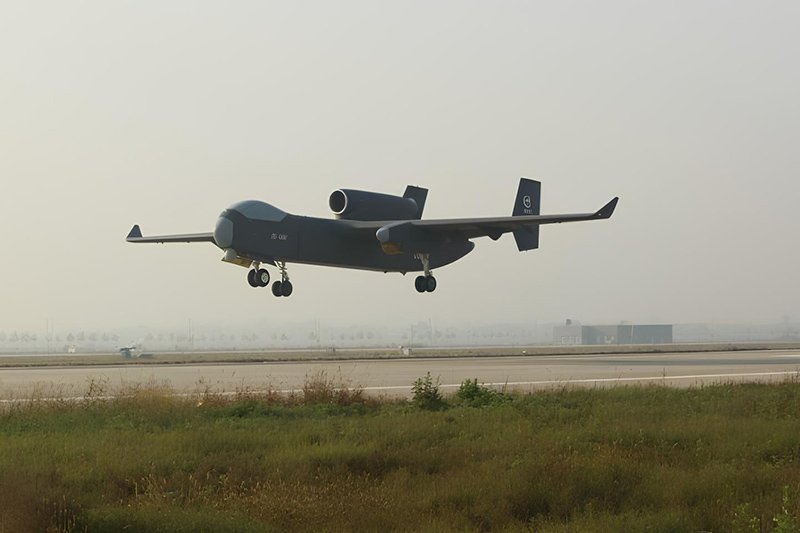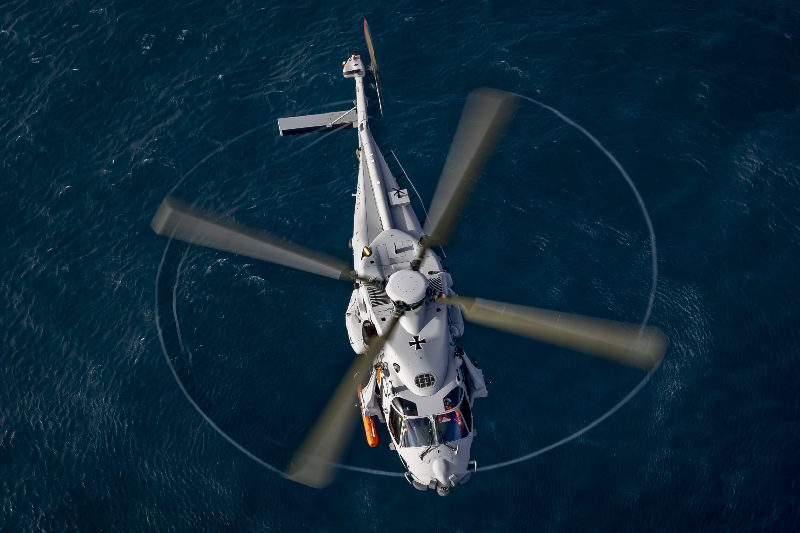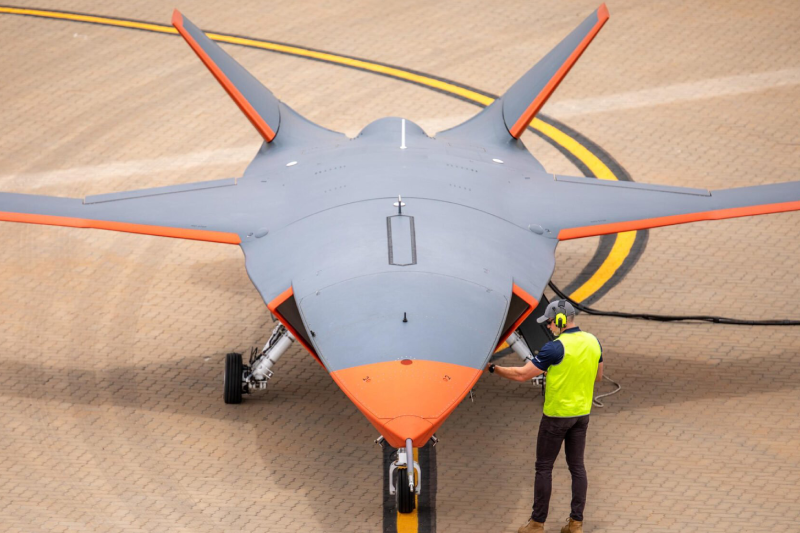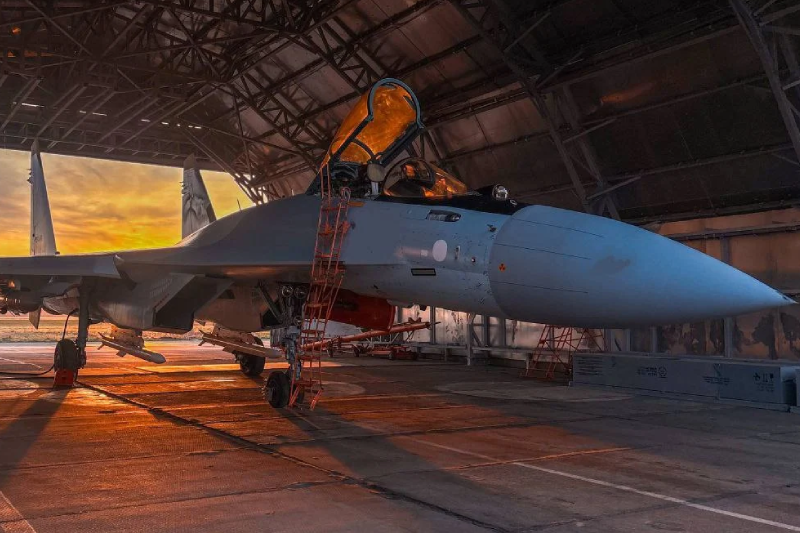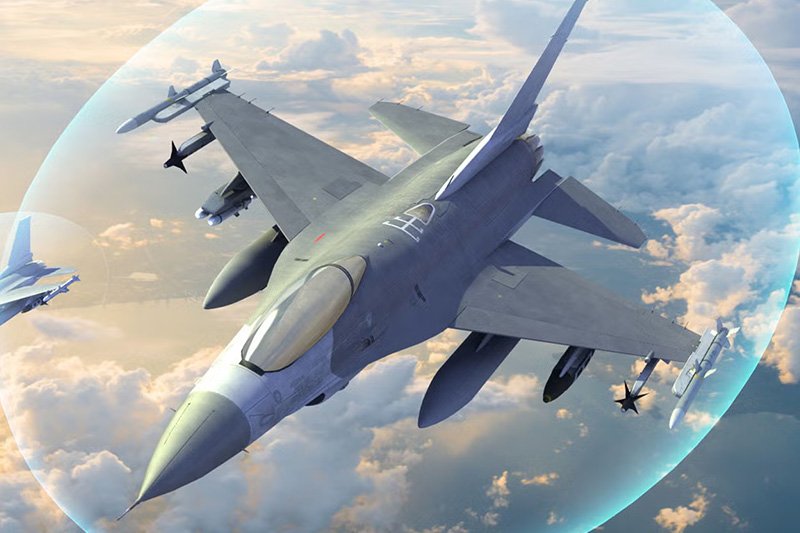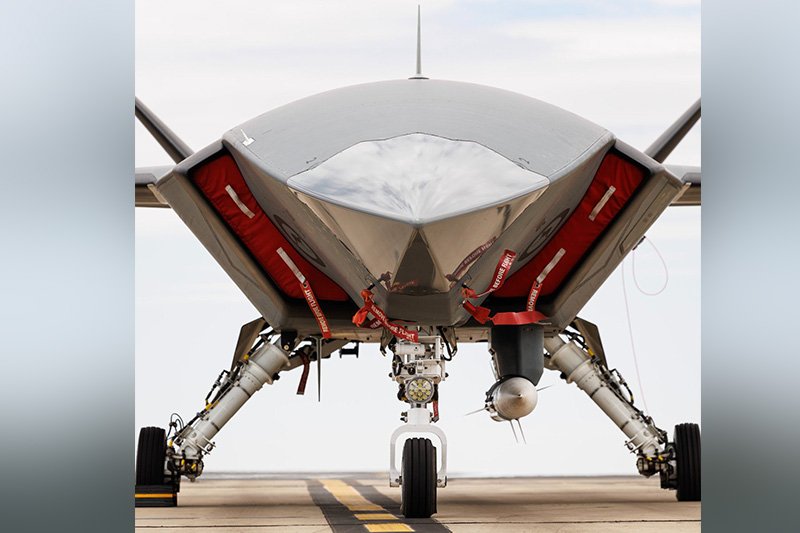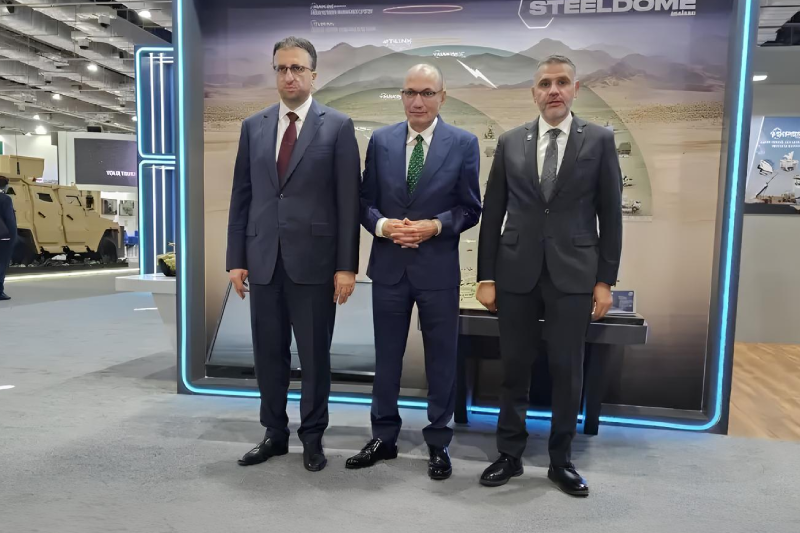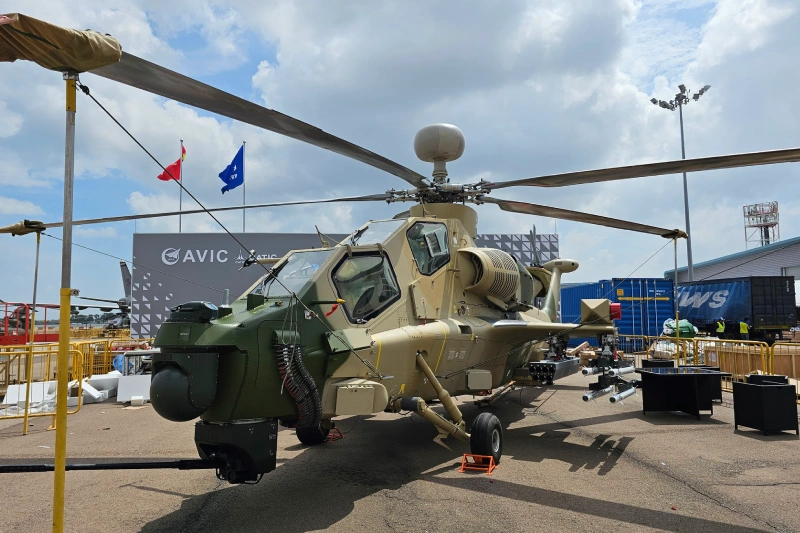Pakistan Army Inducts Chinese Z-10ME Attack Helicopters
Pakistan’s military aviation capabilities have received a significant boost with the formal induction of Chinese-manufactured Z-10ME attack helicopters into the Pakistan Army Aviation Corps. This strategic acquisition represents a crucial step in modernizing Pakistan’s rotary-wing combat fleet and addressing long-standing gaps in the country’s aerial defense capabilities.
The decision to acquire Z-10ME attack helicopters stems from Pakistan’s need to replace aging aircraft and compensate for delayed deliveries of previously ordered systems. The original plan of Pakistan Army under the procurement process was to purchase 30 Turkish built T-129 attack helicopters and 12 American origin AH-1Z Viper helicopters. These procurement plans however met tremendous odds when the American declined to grant export licenses on engines that were needed in the Turkish helicopters in addition to their delaying the delivery of American Viper helicopters.
This procurement challenge coincided with India’s expansion of its attack helicopter fleet, which includes approximately 24 American-made Apache gunship helicopters operated by the Indian Air Force, with the Indian Army having ordered an additional six Apache helicopters scheduled for delivery. The regional military balance considerations likely influenced Pakistan’s urgency in securing alternative attack helicopter solutions.
The Z-10ME represents a substantially improved export version of China’s original Z-10 attack helicopter. This improved variant was presented by the Chinese manufacturer AVIC in September 2018, and is specifically custom made out of the suggestions of the Pakistan Army Aviation tests, and keeping the future export options in view. The “ME” designation indicates this is a modified export version tailored for international customers with enhanced capabilities compared to the baseline Z-10.
The development of the Z-10ME demonstrates China’s commitment to creating competitive military export products. Through the experience of foreign trials and the solution of certain operational needs determined by the prospective customers, China has managed to market the Z-10ME as a potential substitute to the Western attack aircraft in the international market.
The Z-10ME’s most distinctive feature is its comprehensive weapon system integration. The helicopter has the capability of carrying air-to-ground and air-to-air weapons in the six external hard points offering the commanders great flexibility of operations. Its weapon configuration permits carrying three types of weapons or electronic warfare pods during a single time.
The CM-501XA small cruise missile is one of the most distinguished weapon systems that is seen a revolutionary capability of the attack helicopters. This configuration of rectangular-profile with reduced radar cross-section also includes modular warhead capability to meet a variety of mission types. With a control radius of 70 kilometers and the ability to loiter for 30 minutes, the CM-501XA provides over-the-horizon strike capability that significantly extends the helicopter’s operational reach.
The cruise missile’s intelligence and reconnaissance capabilities are equally impressive. It is able to offer real time data links back to the carrier platform so as to have integrated reconnaissance and strike operations. The ability will enable the helicopter to attack time-sensitive targets, which include missile launch vehicles, tank and self-propelled artillery systems, and ensuring that the helicopter is not put at risk by enemy air defenses systems.
The director of the Z-10ME is capable of integrating concepts of modern warfare with the lightweight multi-role unmanned air vehicle SW-6. This mini special reconnaissance and jammer drone can be deployed through the helicopter and work autonomously, offering more situational awareness as well as electronic warfare to the operations. The SW-6 UAV is one meter long with a two and four meters wing span that has a payload working capability of a five kilograms payload at an endurance of one hour.
The combination of this helicopter and drone can solve the current problems of fighting on the battlefield, when helicopters that combat are subjected to threats of modern air defense systems that act at a distance of more than 20 kilometers. Using the synchronization of manned aircraft helicopters with unmanned systems, safer reconnaissance missions and strike missions can take place as well as the advantage against tactical elements can apply.
The Z-10ME is a versatile helicopter since it is also able to perform anti-submarine warfare. The helicopter is capable of carrying ET-60 light anti-submarine torpedo also referred to as the Fish-5 with a maximum range of 25 kilometers and maximum speed of 50 kilometers per hour. Such capability implies that the Z-10ME is capable of supporting maritime operations on a large scale and naval units in coastal defense operations.
The Z-10ME is incorporated with a considerably advanced powerplant compared to the predecessor. Its new WZ-10 engine has a maximum power of 1,200 to 1,300 kilowatts, a minimal 30 per cent gain over the base alternative. Such a ratio increase in power-to-weight enhances flight performance as well as weapon load capacity and its combat effectiveness at high temperatures and altitudes.
The engine improvements extend beyond raw power output. The new designed centrifugal sand filters and larger air intakes in the new design intake system give an increased protection against foreign object damage. These modifications enable operations in desert environments and areas with significant sand and dust, expanding the helicopter’s operational envelope.
The new exhaust system is designed and equipped with upward-facing openings in order to minimize the infrared signature hence making the helicopter less susceptible to heat-seeking missiles. Such an adjustment is especially relevant since naturally infrared guided missiles launched by shoulder launch are one of the main threats to the operation of helicopters in modern warfare.
The Z-10ME was designed with extensive use of electronic warfare systems comprising different systems. The helicopter has new identification friend-or-foe systems, millimeter-wave search radar and laser directional infrared countermeasures. There are several antennas in the form of rectangular-shaped electronic support measures and missile approach warning systems that give increased situational awareness and identification of threats.
The helicopter is capable of carrying jamming pods and thus it can accomplish the electronic suppression and warfare activities. The wings and fuselage carry active infrared jamming systems whereas hard countermeasures to protect against handheld air defense missile systems are also installed. These defensive systems can be combined with each other to build an end-to-end protection system to combat the survival of the crew in a hostile environment.
The Z-10ME integrates an improved defense protection. Bullet proof armor and crash-proof seats keep the crew members safe in case the plane has to make an emergency landing and the cockpit is also surrounded by bullet proof armor. These safety features reflect modern military aviation standards and demonstrate China’s attention to crew protection requirements.
The induction of Z-10ME helicopters into Pakistan Army Aviation represents a significant enhancement of the country’s military capabilities. This procurement is aimed at purchasing 40 new units to fulfill various needs because it would replace the old Cobra helicopters, cover the undelivered Turkish and American helicopter units, and pay off the delayed medicines delivery delay.
The Z-10ME’s advanced capabilities, particularly its over-the-horizon strike potential and integrated electronic warfare systems, provide Pakistan with enhanced tactical options in various scenarios. The helicopter’s ability to operate in challenging environmental conditions, combined with its comprehensive weapon systems, makes it a valuable addition to Pakistan’s military aviation fleet.
Also read this: China Deploys J-20S Dual-Seat Stealth Jet In PLAAF Operations
This acquisition also demonstrates the growing defense cooperation between Pakistan and China, highlighting Beijing’s emergence as a reliable defense technology supplier. As regional military competition continues, the Z-10ME represents Pakistan’s efforts to maintain strategic balance while modernizing its armed forces with advanced, cost-effective solutions.
Since the integration of the Z-10ME was successful in Pakistan Army Aviation, it is expected that this will have an effect in any procurement decisions in the future or even other countries interested in acquiring units capable of solving their various requirements to conduct effective attacks. China’s ability to deliver advanced military technology without the political constraints often associated with Western suppliers positions the Z-10ME as an attractive option in the global defense market.
Keep connected with us at Facebook, Twitter, YouTube, Instagram & TikTok for latest defense happening around the globe.
Discover more from International Defence Analysis
Subscribe to get the latest posts sent to your email.


